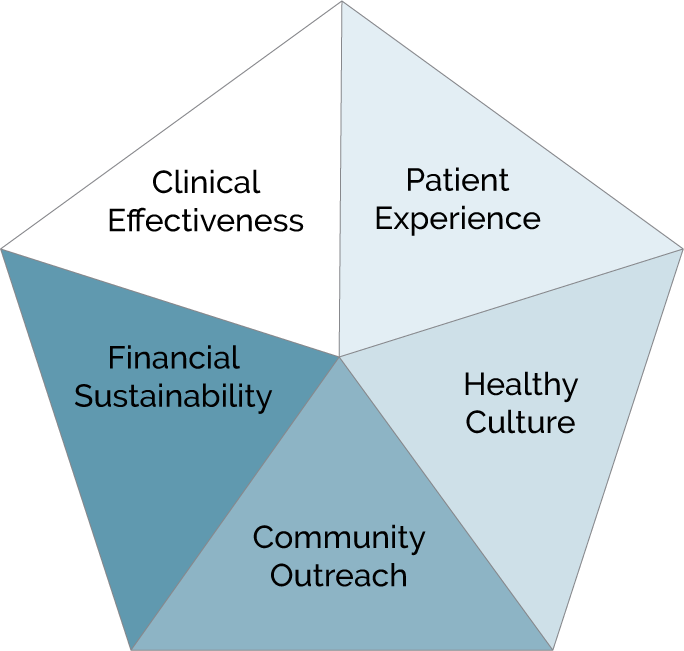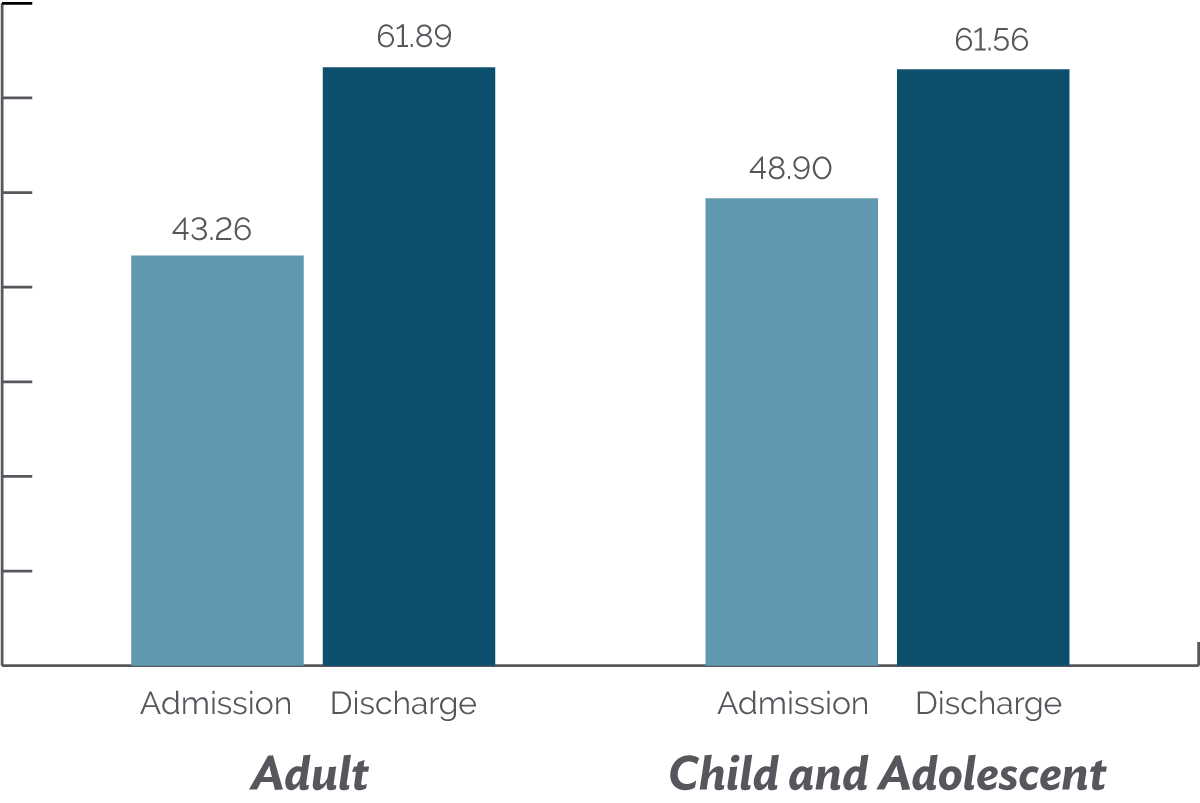Rogers Facts
Rogers Behavioral Health is a nationally recognized, not-for-profit provider of evidence-based mental health and addiction services.
Our Mission
We provide highly effective mental health and addiction treatment that helps people reach their full potential for health and well-being.
Our Vision
We envision a future where people have the tools to rise above the challenges of mental illness, addiction, and stigma to lead healthy lives. We bring this vision to life by constantly elevating the standard for behavioral healthcare, demonstrating our exceptional treatment outcomes, and acting with compassion and respect.
Our Values
Excellence
Compassion
Accountability
What we treat
- OCD and Anxiety
- Depression
- Addiction
- Eating Disorders
- Trauma
- Anxiety and Depression in Autism Spectrum Disorder
- Offering TMS Services for Depression and OCD

Serving children, adolescents and adults.
-
More than 50 million adults in the U.S are experiencing a mental illness.
-
More than 2.7 million youth are experiencing severe major depression.
-
Over 28 million individuals experiencing a mental illness are going untreated.

434,336
Annual patient days
1,500+
Average number of patients treated per day.
25,000+
admissions a year
“Getting treatment is one of the most profound and amazing ways I’ve helped myself in life. ” ~ Former Rogers patient
3 inpatient hospitals
21 outpatient centers
17 residential programs
40+ unique partial hospitalization and intensive outpatient programs
Patients came from all 50 states and from around the world. We’ve treated patients from Canada, Mexico, Australia, Hong Kong, and Central and South America.


-
The Foundation’s Angel Fund provided $450,000 for over 1,500 requests.
-
The Foundation provided $1,850,000 in patient care grants for nearly 400 patients.
$45 million Community Benefit in 2023
Strategic Priorities

Measuring treatment outcomes
1 million patient self-assessments a year. 25+ years of data from 61,000 patients.

≈3,000 employees
nearly 200 on medical staff including
100+ psychiatrists most board-certified
Treatment that works
Rogers’ treatment is backed by 25 years of measuring outcomes. Used in every program, the Quality of Life Questionnaire consistently shows our patients see an average 37% increase in their Quality of Life from admission to discharge and then continue to improve.

